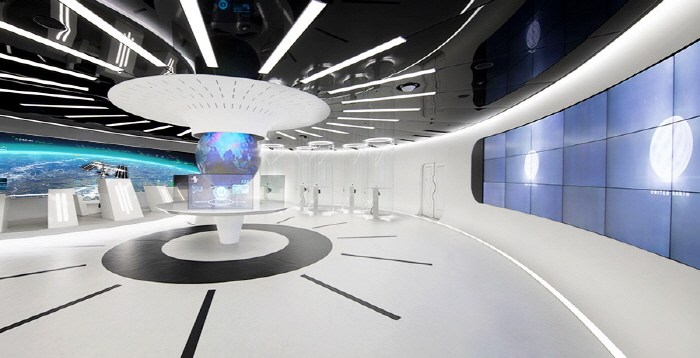Hugo Boss - Lotte Main Branch [Tax Refund Shop] (휴고보스 롯데 본점)
1.7Km 2024-04-18
5F, 30, Eulji-ro, Jung-gu, Seoul
-
Miu Miu - Lotte Main Branch [Tax Refund Shop] (미우미우 롯데 본점)
1.7Km 2024-04-18
30, Eulji-ro, Jung-gu, Seoul
-
Burberry - Lotte Main Branch [Tax Refund Shop] (버버리 롯데 본점)
1.7Km 2024-04-18
1F Lotte Department Store, 30, Eulji-ro, Jung-gu, Seoul
-
Galaxy - Lotte Main Branch [Tax Refund Shop] (갤럭시 롯데 본점)
1.7Km 2024-04-19
30, Eulji-ro, Jung-gu, Seoul
-
Saeran Glasses - Lotte Hotel Main Branch [Tax Refund Shop] (세란안경 롯데호텔 본점)
1.7Km 2024-04-19
B1, 30, Eulji-ro, Jung-gu, Seoul
-
Balenciaga - Lotte Main Branch [Tax Refund Shop] (발렌시아가 롯데 본점)
1.7Km 2024-04-18
B1, 30, Eulji-ro, Jung-gu, Seoul
-
Fendi - Lotte Main Branch [Tax Refund Shop] (펜디 롯데 본점)
1.7Km 2024-04-18
81, Namdaemun-ro, Jung-gu, Seoul
-
Sulwhasoo SPA - Lotte Hotel Seoul Branch [Tax Refund Shop] (설화수스파롯데호텔서울점)
1.7Km 2024-06-27
30, Eulji-ro, Jung-gu, Seoul
-
Leeum, Samsung Museum of Art (삼성미술관 리움)
1.7Km 2022-12-15
60-16, Itaewon-ro 55-gil, Yongsan-gu, Seoul
+82-2-2014-6901
Leeum, Samsung Museum of Art, exhibits traditional and modern art works by Korean and international artists. The museum itself is just as fascinating as the art works on display, since the museum's three buildings were designed by internationally renowned architects Mario Botta, Jean Nouvel, and Rem Koolhaas.
MUSEUM 1 houses traditional Korean art, such as calligraphy, paintings, ceramic arts, and metal craftwork, while MUSEUM 2 displays modern and contemporary art by both Korean and international artists.
SK Telecom T.um (SK텔레콤 미래기술체험관 T.um(티움))
1.7Km 2024-03-06
65, Eulji-ro, Jung-gu, Seoul
+82-2-6353-6665
SK Telecom T.um is an ICT museum. T.um stands for 'Technology, U-topia, Museum'. It boasts a wide array of experience technologies such as 5G autonomous vehicles, drones, flying cars, artificial intelligence, big data, virtual reality, augmented reality, robots, Internet of Things, and 3D printing. Visitors can also see the future city based on 5G. Reservations are required online.

![Burberry - Lotte Main Branch [Tax Refund Shop] (버버리 롯데 본점)](http://tong.visitkorea.or.kr/cms/resource/45/2889945_image2_1.jpg)
![Galaxy - Lotte Main Branch [Tax Refund Shop] (갤럭시 롯데 본점)](http://tong.visitkorea.or.kr/cms/resource/87/2890187_image2_1.jpg)
![Saeran Glasses - Lotte Hotel Main Branch [Tax Refund Shop] (세란안경 롯데호텔 본점)](http://tong.visitkorea.or.kr/cms/resource/44/2890244_image2_1.jpg)
![Balenciaga - Lotte Main Branch [Tax Refund Shop] (발렌시아가 롯데 본점)](http://tong.visitkorea.or.kr/cms/resource/17/2890417_image2_1.jpg)
![Sulwhasoo SPA - Lotte Hotel Seoul Branch [Tax Refund Shop] (설화수스파롯데호텔서울점)](http://tong.visitkorea.or.kr/cms/resource/38/3314438_image2_1.jpg)

 English
English
 한국어
한국어 日本語
日本語 中文(简体)
中文(简体) Deutsch
Deutsch Français
Français Español
Español Русский
Русский